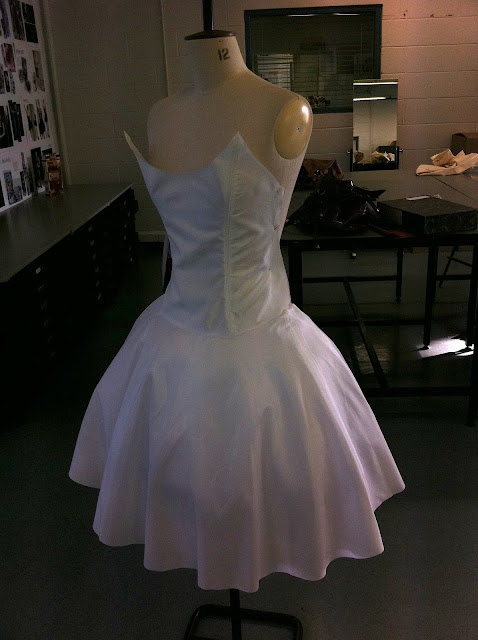ETIGRAPH is an global company specialized in the development of CAD/CAM and PDM solutions for Fashion and apparel and technical textile industries.
Our organisation offers a range of software and hardware products and services to include all the sectors involved in pattern making and in the cutting of soft materials:
- Fashion textiles
- Kevlar,
- Foam,
- Leather,
- Glass fibre
- Carbon fibre
- Cardboard,
Vetigraph® solutions are used worldwide - Europe, United States, North Africa, Middle East, Far East, South America - and sold through a network of affiliated companies, distributors and agents.
Vetigraph UK has been involved with fashion Houses, designers and CMT organisations such as Coppernob, John Zack, Dream Girl, Marie Chantal, for a number of years.
With its UK head office based in East Sussex and The Workshop as a training partner in North London, Vetigraph is organised to provide for the requirements clients all over the UK.
Products include:
- Vetigraph® CAD Solutions:
- Computer Aided Design solutions for pattern making, grading, fabric optimisation and marker making in the fields of fashion and apparel related industries.
Veti Pattern Design and Grading Module:
Digitizing, pattern making, Pattern construction (pleats, darts, hem line functions), Made to Measure, pattern modifications, pattern grading, controls, database.

Fusing patterns whilst rotating grading, creation of turn-ups, facings, slits, creases, etc., grading and cutting out a yoke, creation of a pattern by extraction and automatic display of seam allowance, smoothening and rectifying curves, automatic introduction of seam allowance on base patterns.
Cut Planning by "analogy", including several styles in the same marker, matching checked fabric, marker for tubular fabric, stretching or narrowing the width of a fabric, displaying of production data: fabric efficiency, total length of marker, average fabric utilization,














































